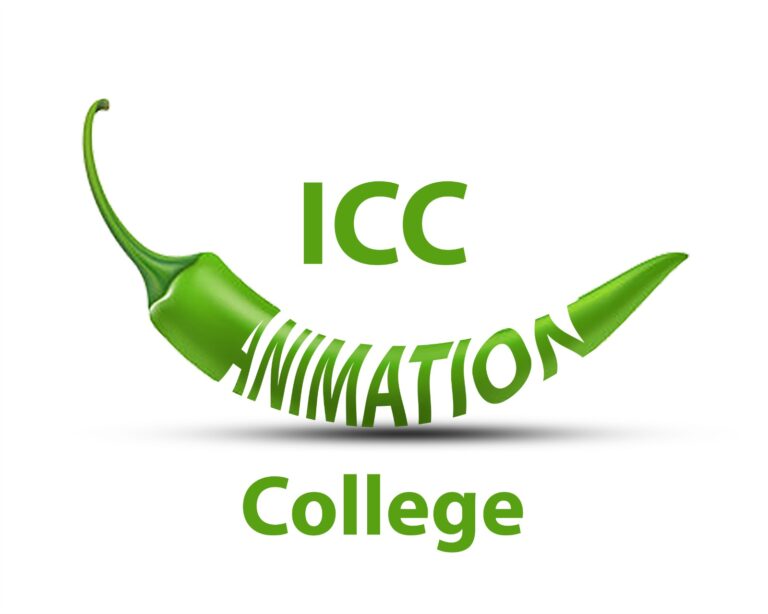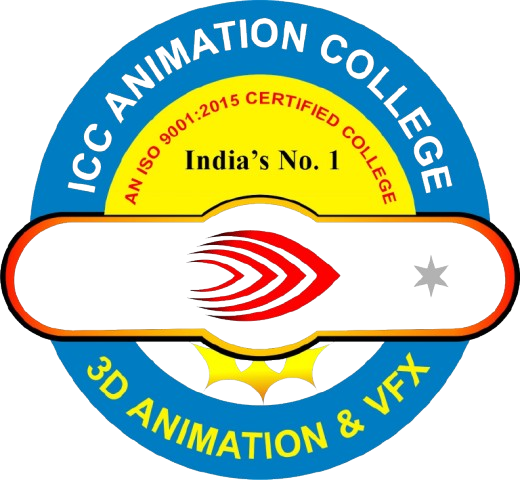Best Digital Marketing Course
In Delhi NCR
Enroll today for Offline/Online training for the Best Agency Video Editing & VFX Course In Delhi With the Most Trusted ICC Animation.
Learn from Experts at ICC Animation – Best Video Editing & VFX Institute in Delhi
A video Editing Syllabus can vary depending on the level of the course (beginner, intermediate, or advanced) and the software being used. Below is a general syllabus outline for a beginner-to-intermediate video editing course. It focuses on teaching essential skills, software, and techniques that help students understand both the technical and creative aspects of video editing.
Certificate in Video Editing – Beginner to Intermediate Level
Course Duration: 3 Months
Software Focus: Adobe Photoshop , Non, Linear Editing Adobe
Premiere – Pro, Adobe After Effects Professional or alternative: Final Cut Pro, Storyboard DaVinci Resolve etc.

1. Overview of Photoshop: History, features, and capabilities
2. User Interface: Understanding the Photoshop interface and its components
3. Basic Tools:
Introduction to basic tools, such as selection tools, painting tools, and editing tools
1. Image Basics: Understanding image resolution, color modes, and file formats
2. Color Theory: Understanding color theory and its application in Photoshop
3. Image Size and Resolution: Understanding image size and resolutio
1. Selection Tools: Using selection tools, such as marquee, lasso, and magic wand
2. Layers: Understanding layers, including layer creation, merging, and blending modes
3. Layer Masks: Using layer masks to control layer visibility
1. Basic Adjustments: Making basic adjustments, such as brightness, contrast, and saturation
2. Color Correction: Using color correction techniques, such as levels, curveand hue/saturation
3.Noise Reduction: Using noise reduction techniques, such as Gaussian blur and noise reduction filters
1. Retouching: Using retouching techniques, such as spot healing, patch tool, and clone stamp
2. Object Removal: Removing objects using techniques, such as content-aware fill and patch tool
3. Image Manipulation: Manipulating images using techniques, such as perspective warp and content-aware scale
1. Compositing: Combining images using layer blending modes and masking
2. Masking: Using masking techniques, such as layer masks and clipping paths
3. Channel Masking: Using channel masking techniques, such as RGB and CMYK channels
1. Typography: Understanding typography basics, such as font selection, sizing, and alignment
2. Text Effects: Adding text effects, such as drop shadows, bevels, and embossing
3. Text Styles: Creating text styles, such as paragraph styles and character styles
1. Actions and Batch Processing: Automating tasks using actions and batch processing
2. Scripting: Using scripting languages, such as JavaScript and Visual Basic
3. Plug-ins and Extensions: Using plug-ins and extensions, such as Adobe Camera Raw and Nik Collection
1. Project Planning: Planning and managing projects in Photoshop
3. Image Editing: Editing images using advanced techniques, such as retouching and manipulation
2. Project Presentation: Presenting the final project and receiving feedback
The importance of Video Editing in filmmaking, YouTube, and social media.
Introduction to Editing Software
Interface walkthrough (using Adobe Premiere Pro, Final Cut Pro, or DaVinci Resolve).
Basic tools and navigation: Timeline, Preview window, Effects panel, and Media bin.
Video Formats and Media Management
Video File Formats and Codecs
Understanding video resolution, frame rate, bit rate, and aspect ratio.
Differences between formats (MP4, MOV, AVI, etc.) and codecs (H.264, ProRes, etc.).Media Organization
Importing media (video, audio, images).
Organizing assets with bins, labels, and metadata.
Using proxies for smooth editing on low-end systems.
Basic Editing Techniques
Cutting and Trimming Clips
The razor tool, trimming tool, and ripple edits.
Using In and Out points for precise editing.Basic Transitions
Applying basic transitions (cross dissolve, fade in/out).
Understanding transition timing and pacing.
Basic Audio Editing
Volume control, audio fades, and using the audio mixer.
Adding Titles and Text
Creating simple titles and text graphics.
Customizing font, size, and color.Animating Text
Basic keyframing to animate text. : Using text templates and effects.Advanced Editing Techniques
Synchronizing and editing footage from multiple cameras.
Speed Adjustments
Slow motion, fast motion, and time-lapse effects.
Working with Multiple Tracks
Layering video and audio tracks for more complex edits.
Audio Tools
Using the Audio Effects panel to adjust levels, EQ, and compression.
Noise reduction and audio sweetening.
Audio Syncing
Syncing audio to video using waveform matching and timecode.
Color Correction and Grading
Understanding primary and secondary colors.
Basic Color Correction
Adjusting exposure, contrast, white balance, and saturation.
Applying LUTs (Look-Up Tables): Using LUTs to apply color grading presets.
Basic Visual Effects
Adding and customizing effects like blur, glow, and distortions.
Creating Motion Graphics
Using motion graphics templates (MOGRTs).
Animating video clips and images.
Understanding Green Screen
The principles of chroma keying.
Lighting techniques for green screen shots.
Using Chroma Key in Editing
Removing green background and replacing it with another video or image.
Rendering and Export Settings
Best export settings for different platforms (YouTube, Vimeo, Instagram, etc.).
Compression Techniques
Balancing quality and file size.Understanding the difference between resolution and bit rate.
Hands-on editing project: Edit a short video or a social media clip from raw footage.



